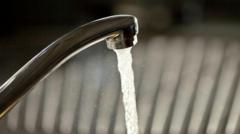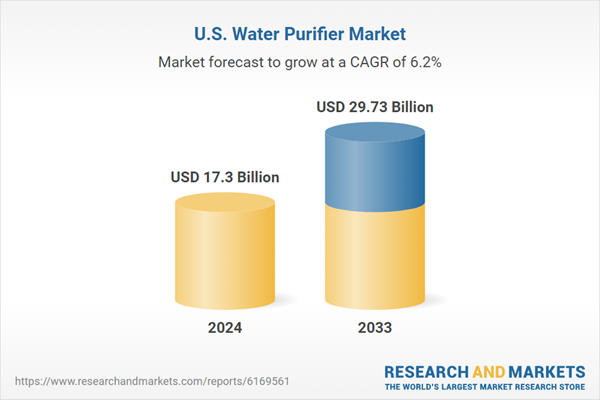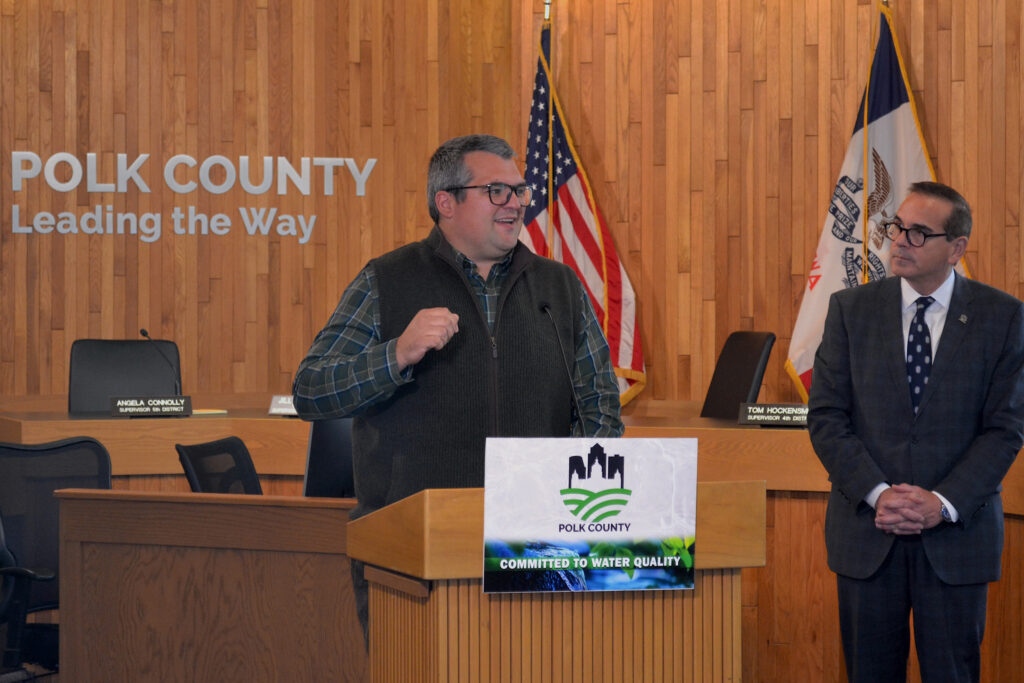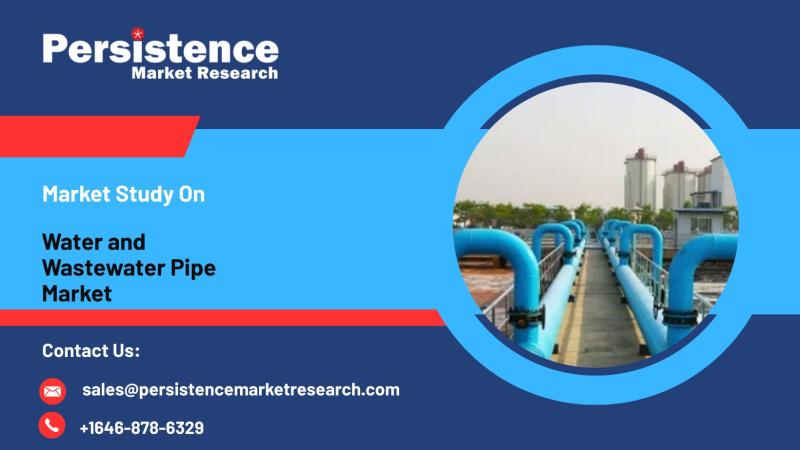Report on Water Contamination in North Yorkshire and Implications for Sustainable Development Goals
1.0 Incident Overview
A public health advisory has been issued for residents in North Yorkshire following the detection of bacterial contamination in the public water supply. The incident highlights critical challenges related to infrastructure resilience and the universal right to safe drinking water, a cornerstone of the United Nations Sustainable Development Goals (SDGs).
1.1 Summary of Event
Routine testing conducted by Yorkshire Water revealed that water quality standards were not met in the Nidderdale area. This prompted immediate action to protect public health and address the contamination.
- Affected Area: 86 properties within the HG3 2 postcode, including the communities of High Birstwith, Darley, Menwith Hill, Thornthwaite, and Felliscliffe.
- Contaminant: Elevated levels of coliform microbes. This family of bacteria, which includes E. coli, poses a significant health risk, particularly to vulnerable individuals.
- Advisory Status: A precautionary “boil water” notice has been in effect since the week preceding 20 October 2025.
1.2 Required Precautionary Measures
Residents in the affected areas have been instructed to follow specific protocols to ensure water is safe for consumption and personal use:
- Boil all tap water thoroughly.
- Allow the water to cool completely before use.
- Use boiled and cooled water for all drinking, preparing uncooked foods, and for oral hygiene such as cleaning teeth.
2.0 Analysis of Alignment with Sustainable Development Goals (SDGs)
This water quality failure directly impacts the progress toward several key SDGs, demonstrating the interconnectedness of public health, environmental safety, and institutional accountability.
2.1 SDG 6: Clean Water and Sanitation
The incident is a direct setback for the principles enshrined in SDG 6, which aims to ensure the availability and sustainable management of water and sanitation for all.
- Target 6.1: The contamination event represents a temporary failure to provide “safe and affordable drinking water,” compromising a fundamental service for the affected households.
- Target 6.3: The presence of coliform bacteria signifies a lapse in water quality control and pollution management, running counter to the goal of improving water quality by eliminating contamination.
2.2 SDG 3: Good Health and Well-being
The potential for illness from water-borne pathogens underscores the critical link between environmental management and public health, as outlined in SDG 3.
- Target 3.3: The boil water advisory is a crucial preventative measure to avert an outbreak of water-borne diseases, aligning with the global effort to end such epidemics.
- Target 3.9: This event highlights the risks of illness from water contamination, reinforcing the importance of substantially reducing such incidents to protect community health.
3.0 Institutional Response and Remediation Plan
Yorkshire Water’s response to the contamination is being monitored as a measure of institutional effectiveness and commitment to restoring services in line with SDG principles.
3.1 Planned Actions
The utility has communicated a multi-step plan to resolve the issue and restore normal service as swiftly as possible.
- Undertake comprehensive investigations to determine the root cause of the contamination.
- Collect additional water samples for thorough analysis.
- Initiate a systematic flushing of the local water network to clear contaminants.
3.2 Outlook
Yorkshire Water has acknowledged the disruption to customers and affirmed its commitment to resolving the situation. The deployment of additional personnel and transparent communication are vital steps in maintaining public trust and ensuring the long-term security of the water supply. This response is critical for upholding the standards of resilient infrastructure (SDG 9) and accountable institutions (SDG 16), which are foundational to sustainable development.
Analysis of Sustainable Development Goals in the Article
1. Which SDGs are addressed or connected to the issues highlighted in the article?
-
SDG 3: Good Health and Well-being
- The article directly connects to SDG 3 by highlighting a significant public health risk. The water supply is contaminated with “coliform microbes,” a family of bacteria that “includes E. coli and which can cause significant illness in the frail, the elderly, the sick and the very young.” This poses a direct threat to the health and well-being of the residents in the affected areas.
-
SDG 6: Clean Water and Sanitation
- This is the most central SDG related to the article. The core issue is the failure to provide safe drinking water, as evidenced by the statement that “tests showed the water supply may be contaminated with bacteria.” The article discusses the contamination of the “tap water” and the “water supply,” which are fundamental components of the infrastructure addressed by SDG 6.
2. What specific targets under those SDGs can be identified based on the article’s content?
-
Target 3.9: Substantially reduce the number of deaths and illnesses from hazardous chemicals and air, water and soil pollution and contamination.
- The article’s focus on water contamination by bacteria like E. coli, which can cause “significant illness,” directly relates to this target. The precautionary “boil water advice” is a measure to prevent illnesses resulting from water contamination.
-
Target 6.1: Achieve universal and equitable access to safe and affordable drinking water for all.
- The situation described in the article represents a failure to meet this target for the 86 affected properties. Although the residents have access to a water supply, it is not “safe” for consumption without boiling. The article states that “routine tests showed that the water supply in HG3 2 didn’t meet our usual standards,” indicating a lapse in the provision of safely managed drinking water.
3. Are there any indicators mentioned or implied in the article that can be used to measure progress towards the identified targets?
-
Indicator for Target 6.1 (Implied): Proportion of the population using safely managed drinking water services.
- The article provides data points that can be used to measure this indicator. It mentions that “routine tests showed that the water supply… didn’t meet our usual standards” and specifically identifies “elevated levels of coliform microbes.” The number of “86 properties” affected provides a direct count of households not receiving safely managed drinking water, which is a key component of this indicator.
-
Indicator for Target 3.9 (Implied): Incidence of illness attributable to unsafe water.
- While the article does not report actual cases of illness, it explicitly identifies the risk factor: the presence of “coliform… which includes E. coli and which can cause significant illness.” The detection of these specific contaminants serves as a proxy indicator for the potential incidence of waterborne diseases, which this target aims to reduce. The investigation and water sample collection are actions taken to monitor this risk.
4. Summary Table of SDGs, Targets, and Indicators
| SDGs | Targets | Indicators |
|---|---|---|
| SDG 3: Good Health and Well-being | 3.9: Substantially reduce the number of deaths and illnesses from hazardous chemicals and air, water and soil pollution and contamination. | Implied Indicator: Presence of waterborne pathogens (e.g., “elevated levels of coliform microbes,” including E. coli) as a measure of risk for illness. |
| SDG 6: Clean Water and Sanitation | 6.1: Achieve universal and equitable access to safe and affordable drinking water for all. | Implied Indicator: Proportion of population with access to safely managed drinking water (measured by the “86 properties” whose water supply “didn’t meet our usual standards”). |
Source: bbc.co.uk







